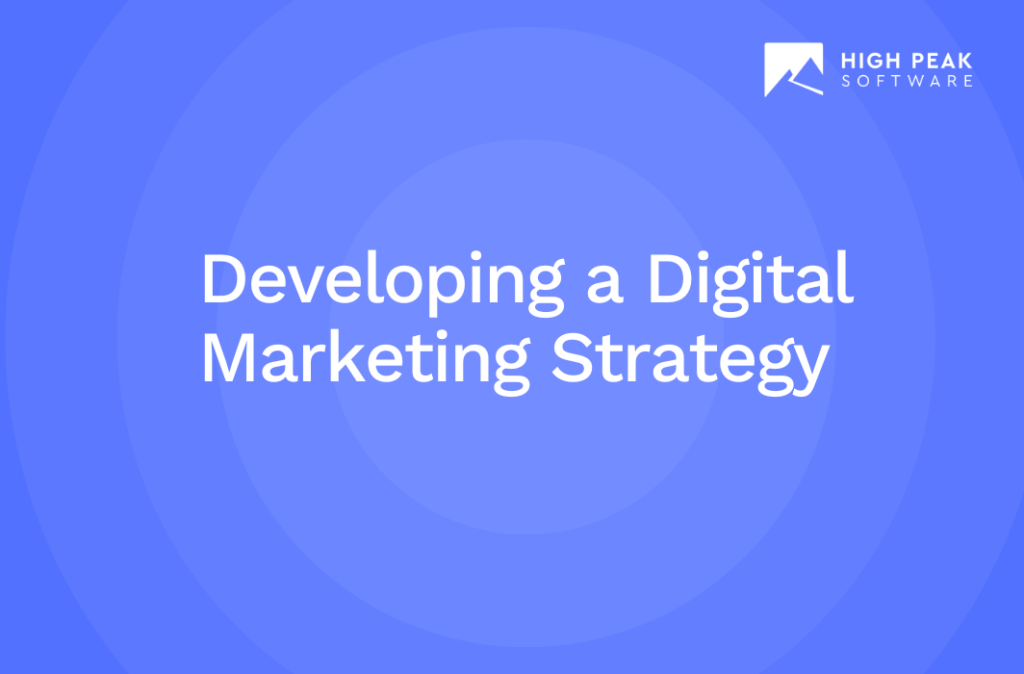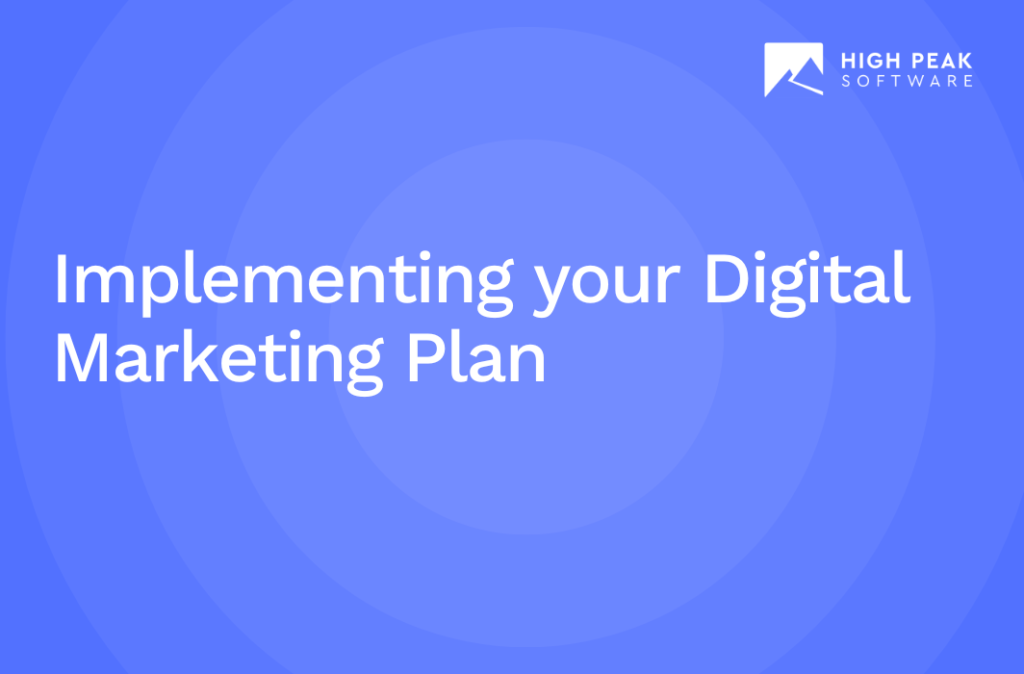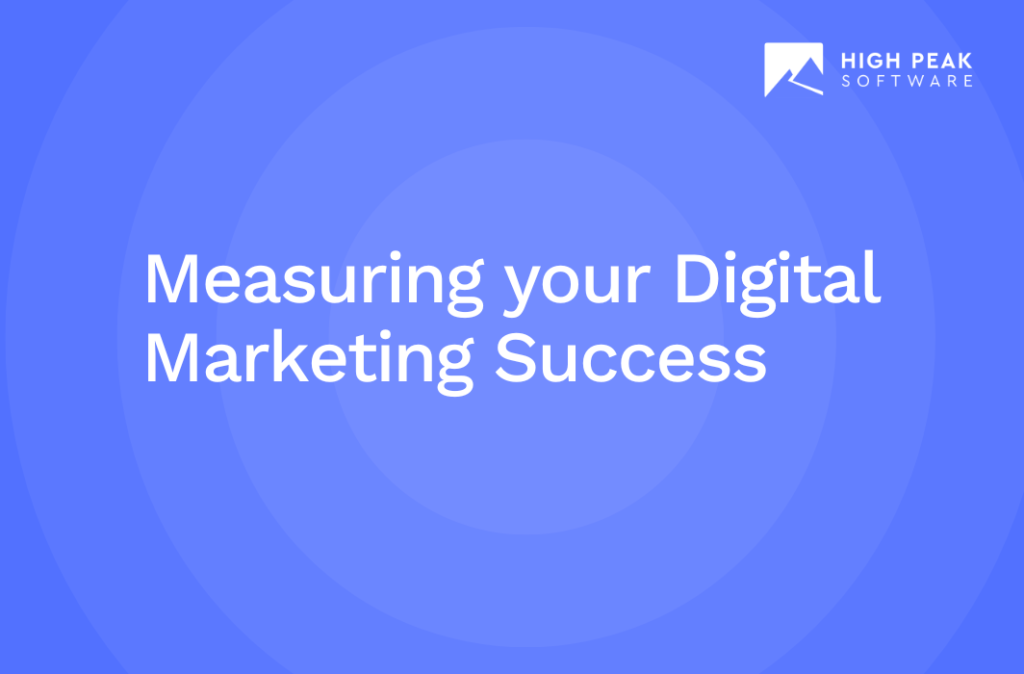Digital Marketing for Product Growth
Ayaan Bhattacharjee
Content Writer

Table of contents
- Understanding your Target Audience
- Developing a Digital Marketing Strategy
- Implementing your Digital Marketing Plan
- Creating and distributing high-quality content
- Utilizing social media tools to connect with your target market
- Building relationships with influencers for product digital marketing
- Utilizing email marketing to reach and engage with your audience
- Analyzing and adjusting your digital growth strategy efforts
- Measuring your Digital Marketing Success
- To Sum Up
What can you do to distinguish your product from a multitude of rivals? The solution resides in mastering the skill of digital marketing for businesses! In today’s digital age, digital marketing has become essential for businesses looking to grow their products and reach their target audience effectively. It is estimated that digital marketing will experience a CAGR of 9% by 2026.
Do you need help to gain traction for your product in a crowded market? Or you want to take your digital marketing efforts to the next level. Whatever your goal, this post has got you covered.
Digital marketing is crucial in product growth as it offers a cost-effective way to reach your target audience and build relationships with them. By implementing effective digital marketing strategies, businesses can create engaging content, build email lists, and analyze performance data to optimize their marketing efforts and drive growth.
From defining your target audience to creating engaging content and leveraging social media, we’ll explore the key strategies and techniques for successful digital marketing for businesses. Consequently, it can assist in distinguishing your product from rivals and attaining expansion.
So, if you’re ready to take your product to new heights, let’s dive into digital marketing and discover how digital product development can help you achieve your business goals.
Understanding your Target Audience

When it is a question of digital marketing for businesses, understanding your target audience is a crucial first step in creating an effective marketing strategy. With a clear knowledge of your target audience, it can be easier to know how to reach them and what specific messaging will resonate with them.
Defining your target audience
Firstly, it’s essential to define your target audience. This means identifying the specific demographics, interests, and behaviors of the people you are trying to reach. Buyer personas, hypothetical representations of your ideal clients, can then be built using this information for better digital product development.
Conducting market research
This is one way to gather information about your target audience. This can include analyzing data from your website, social media, and other digital channels to understand who is engaging with your brand. You can also survey your existing customers to gather more in-depth information about their needs and pain points.
Creating buyer personas
Creating buyer personas is another important step in understanding your target audience. These personas should be based on data and insights gathered from your market research. They should include age, gender, location, job title, interests, and behaviors. The more specific and detailed your personas are, the better you can tailor your digital product marketing messages to resonate with your target audience.
Identifying your audience’s pain points and needs
Finally, identifying your audience’s pain points and needs is crucial in creating effective marketing messaging. By understanding your target audience’s challenges and problems, you can create content and messaging that speaks directly to their needs. This can help create trust and credibility with your audience and drive product growth.
Developing a Digital Marketing Strategy

As a business owner, you know that digital marketing is essential to your success. But with so many options for channels and strategies, it can be challenging to know where to begin. That’s why it’s crucial to develop a digital marketing strategy tailored to your specific business goals. Here we’ll cover the critical steps to developing a strategy for digital marketing for businesses that work for you.
Setting SMART Goals
The first step in developing a digital marketing strategy is to set SMART goals. SMART goals are Specific, Measurable, Achievable, Relevant, and Time-bound. Setting SMART goals ensures that your product digital marketing efforts align with your overall business objectives. For instance, you must determine the precise strategies that will enable you to reach your objective of increasing website traffic by 50% over the following six months.
Identifying the most effective digital marketing channels
Once you’ve set your SMART goals, you’ll need to identify your business’s most effective digital marketing channels. There are many different channels, including email marketing, social media, pay-per-click (PPC) advertising, and search engine optimization (SEO). You should consider your target audience, budget, and marketing objectives when choosing the best channels for digital marketing for businesses.
Creating a content marketing plan
Content marketing is a vital component of any digital marketing strategy. By creating high-quality, engaging content, you can attract and retain customers, establish your brand as an authority in your industry, and drive traffic to your website. To develop a content marketing plan, you’ll need to identify your target audience, create a content calendar, and determine the types of content that will resonate with your audience.
Developing a social media strategy
Social media is a potent tool for engaging with your audience, building brand awareness, and driving traffic to your website. To develop a social media strategy, you must identify the most relevant platforms for your target audience and create a content calendar that aligns with your overall digital product development and marketing goals.
Optimizing your website for search engines
Finally, to ensure that your digital marketing efforts are practical, you must optimize your website for search engines. The goal of SEO is to make your website more visible on SERPs. You can increase website traffic, create leads, and enhance your online presence by optimizing your website for SEO.
Implementing your Digital Marketing Plan

When it comes to the growth of digital advertising, having a plan is crucial to ensure your efforts are effective in driving growth for your product. Here we’ll discuss key strategies and tactics for implementing your digital marketing plan.
Creating and distributing high-quality content
One of the most important aspects of digital marketing is creating and distributing high-quality content. This content can take many forms, such as blog posts, videos, infographics, and more. The goal is to provide value to your audience and establish your business as a thought leader in digital growth marketing. Make sure your material is social media-shareable and search engine-optimized. Make sure your content is optimized for search engines and is easily shareable on social media.
Utilizing social media tools to connect with your target market
Platforms on social media are an effective tool for connecting with your target market. Establish a presence on the platforms where your audience is most active. Share your material on social media, interact with your followers, and develop connections with new clients. To reach a larger audience and increase traffic to your website, consider advertising social media ads in your digital marketing for businesses.
Building relationships with influencers for product digital marketing
Partnering with people with a sizable social media following or in your sector is a key component of influencer marketing. These influencers can assist you in expanding your audience and establishing the legitimacy of your business. Identify influencers in your industry and work to build relationships with them. Consider offering them free products or services in exchange for their endorsement.
Utilizing email marketing to reach and engage with your audience
Utilizing electronic mail as a marketing tool is a highly efficient approach to connecting and becoming involved with your target market. Use email to share your latest content, promote your products, and keep your audience up-to-date on your digital product development process. Make sure your emails are personalized and provide value to your audience. Consider using email automation to save time and ensure your messages are sent at the right time.
Analyzing and adjusting your digital growth strategy efforts
Finally, it’s essential to analyze the performance of your digital marketing efforts and adjust your strategy accordingly. Use tools like Google Analytics to track website traffic and engagement metrics. Review your social media analytics to determine which posts resonate most with your audience. Thus, it is what digital marketing do for your business.
Measuring your Digital Marketing Success

In today’s digital age, measuring the success of your marketing efforts is crucial to the growth and success of your business. By tracking and analyzing data from your digital marketing campaigns, you can gain what digital products are in demand. Also, you’ll understand valuable insights into how your audience is interacting with your brand. Also, you can make informed decisions on how to optimize your strategies in digital marketing for businesses for better results.
Defining KPIs and metrics to measure success
It’s crucial to identify the key performance indicators (KPIs) and metrics that are most essential to your digital product roadmap before you can start tracking the growth of your digital marketing efforts. These could consist of user involvement on social media, website traffic, conversion rates, email open and click-through rates, and more.
Setting up analytics tools
To measure your digital marketing success, you’ll need to set up analytics tools to track your progress over time. Google Analytics is a popular choice for tracking website traffic and user behavior, while social media platforms and email marketing providers also offer built-in analytics tools.
Analyzing your data and making adjustments
Once you’ve collected data on your digital marketing efforts, it’s time to analyze the results and make adjustments based on insights. In order to find areas where your marketing techniques could be improved, look for patterns and trends in your data.
Creating reports to share with stakeholders
Finally, it’s important to create reports to share with stakeholders in your business. By sharing your data and insights with others, you can help to build buy-in and support for your efforts in digital marketing for businesses. Use clear and concise language to explain your findings, and include visual aids like charts and graphs to help illustrate your points.
To Sum Up
Now, as a business owner or marketer, it’s crucial to keep learning and improving your digital marketing efforts. Keeping up with current trends and strategies is essential for retaining a competitive edge. It is because the world of digital marketing for businesses is continuously changing. Thus, if you think about using digital marketing for product growth, High Peak Software is your one-stop solution. They can help you in expanding your business as they possess a history of achievements.
So why not contact us today to enhance your digital marketing journey and see the results for yourself?




